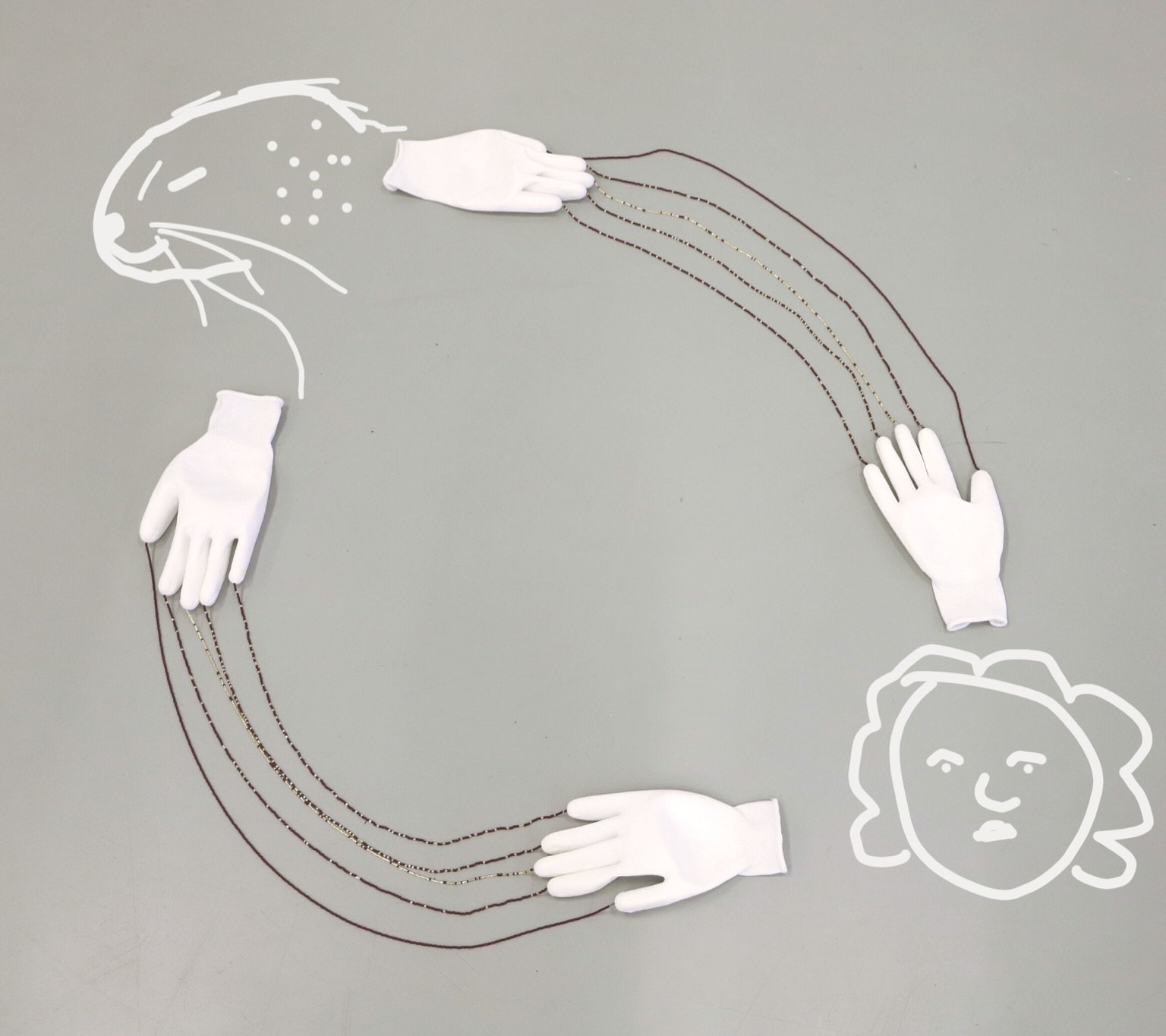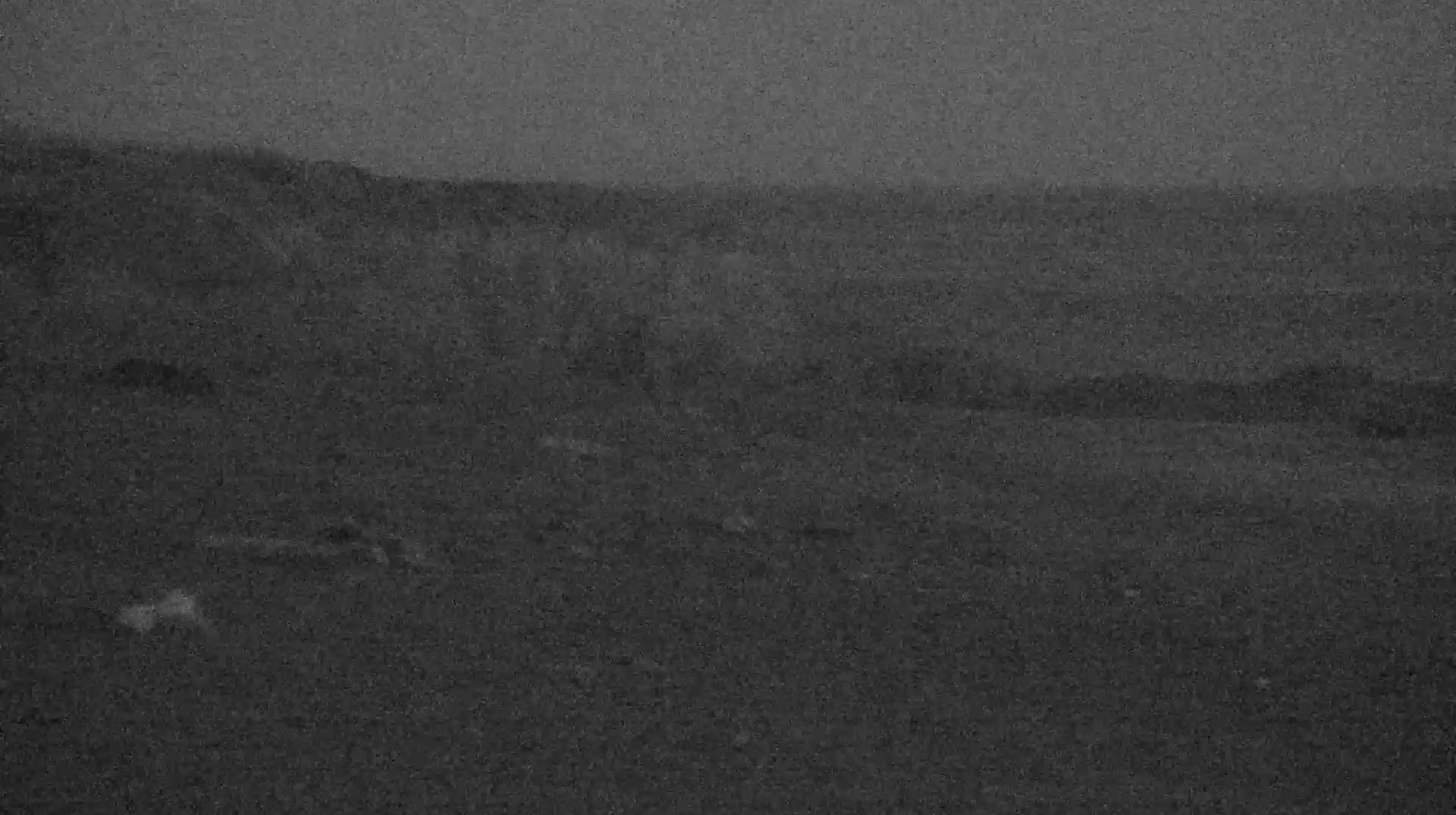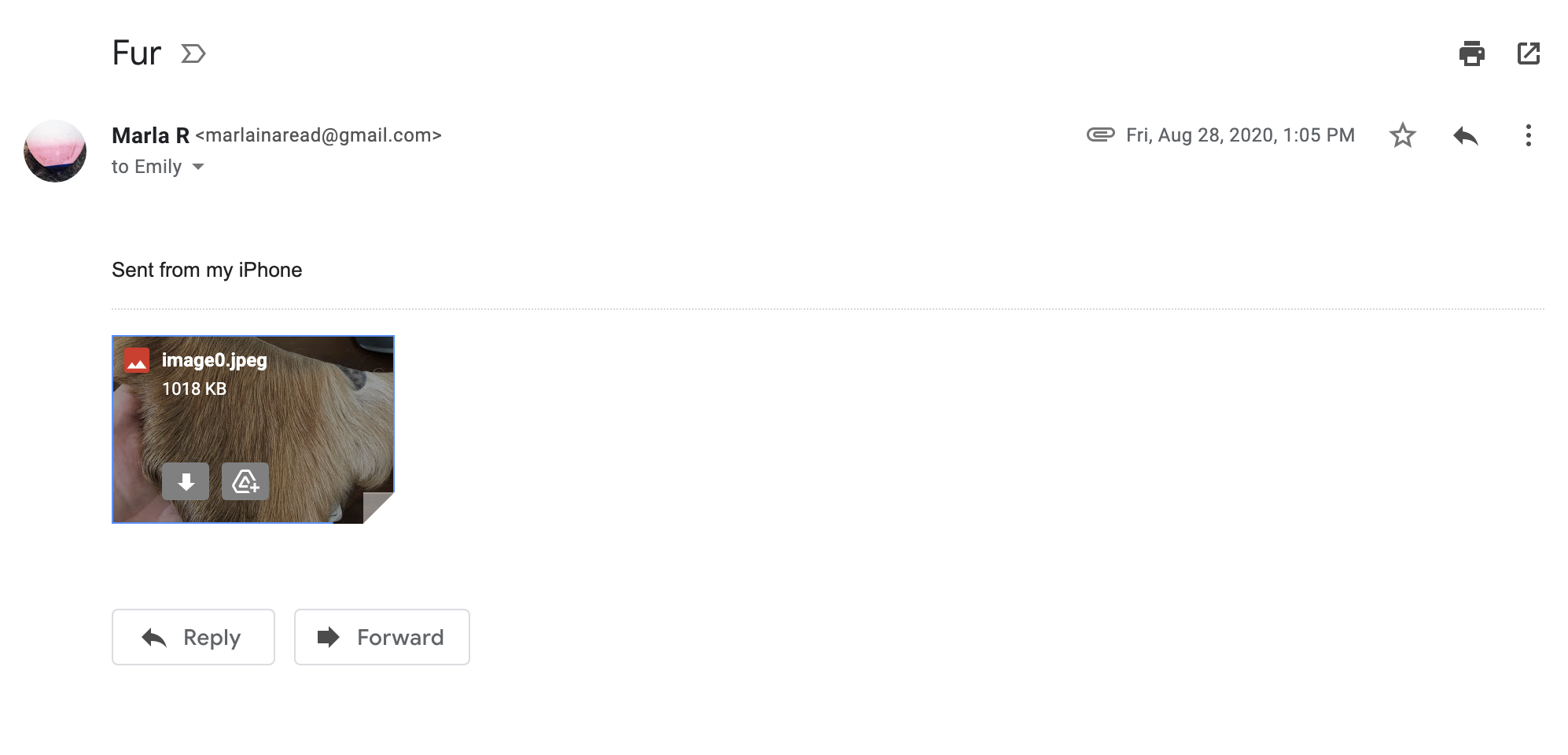Making gloves to wear with a seal
2020–ongoing
Collaborative/experimental project with Emily Dundas Oke.
Video, sound, textiles, found media, zoom chats, correspondance, screenshots, drawing.
Presented at STRANGE/LETTERS
an Association for the Study of Literature, Environment and Culture (ANZ) symposium, 2021
Collaborative/experimental project with Emily Dundas Oke.
Video, sound, textiles, found media, zoom chats, correspondance, screenshots, drawing.
Presented at STRANGE/LETTERS
an Association for the Study of Literature, Environment and Culture (ANZ) symposium, 2021

Making gloves to wear with a seal: reciprocity, touch and becoming
Conversation and creative documentation of a collaborative textile work between Nehiyaw, Scottish, English and Métis artist, curator and editor Emily Dundas Oke, and German, Baltic and Australian settler artist Marlaina Read.
"I knew for sure, if I could touch their fingers everything would have been possible” (Catennaci, 2019)
“But I can think of so many moments in human history that could be seen as times when the importance of care manifests itself by its absence, by the predominance of profound neglect. And at the same time, there are also all the labors, affections and commitments of care that keep worlds going even in the worst of times.” (Puig de la Bellacasa, 2019)
I met Emily while we were artists-in-residence in Nida, Lithuania. I made a piece exploringecological grief and heritage by marrying the sea. Emily made a beaded textile work aboutgestures of care and expressing extensions of the body in solidarity.
She was inspired in part by contemporary dancer Ottavia Catennaci’s work, Glory was at the fingertips – a dance that pays homage to the Baltic Way, where Lithuanians, Latvians and Estonians joined hands in a two million person long line across the Baltic states to protest the Soviet Occupation.
A year later, I read David Thompson’s The People of the Sea: Celtic Tales of the Seal-Folk, which recounts tales of selchies – mythological beings capable of metamorphosis by shedding their sealskin to live in human form. In the book are several references to gloves or pouches made fromseal flippers, which have the sensation of responding to touch and weather.
“That pouch there will change its colour, too, following on the tides” (Thompson, 1954)
This made us think about gloves that could a person and a seal could wear together. To think and act ecologically requires interconnectedness, in one form or another. Making gloves to wear with a seal explores reciprocity in a time of climate crisis. It examines how a language of ‘doing’ and ‘being’ can come to symbolise care in multispecies relationships.
“When I stretch my arms out to embrace you, I take note of the circular shape. It holds you, holds me tight. This comfort extends far beyond the horizon of memory’s bend; not every aspect of it is yet familiar” (Lamare and Dundas Oke, 2020)
The gloves and associated experimental works form a correspondence circle between beings that communicate, live in and respond to the world in different ways. Seals sense vibration through whiskers. They can follow in the wake of a seal that swam minutes before them. They haul out of the water to land that provides safety, but their bodies are less nimble on the dry. They have mono and dichromatic vision and see contrast in greys and blues.
We frame the implications of interconnectedness using Donna Haraway's concept of ‘becoming- with’ – human-nature separation reimagined as bodily connection. This connection cannot take place in the absence of forms of language. We look to Robin Wall Kimmerer's elucidation of the ‘grammar of animacy’ – shifting to an active language of verbs that recognises the agency of and our responsibility to other creatures. We are also guided by Maria Puig de la Bellacasa’s ideas of ‘re-enactment of care’ and responsibility with more than human beings.
“Care is not about fusion; it can be about the right distance” (Puig de la Bellacasa, 2017)
This is a conversation about ‘becoming with,’ what care means, seal agency, what we can learn from seals, and how this is mediated through distance and technological transmission. In some senses in pandemic times our freedom to encroach has been revoked, in some aspects it has been opened up.
And, of course, there is no universal ‘our.’
References
Catennaci. O. (2019). Glory was at the fingertips. Exhibition catalogue. Vilnius: Art Printing House.
Lamare, J. and Dundas Oke, E (2020). you never get to the end of a circle. THE CAPILANO REVIEW, 3(41), pp. 87-93.
Haraway, D. J. (2008). When Species Meet. Minneapolis and London: University of Minnesota Press.
Haraway, D. J. (2016). Staying with the trouble: Making kin in the Chthulucene. Durham NC: Duke University Press.
Thomspon, D. (2018). The People of the Sea. 6th ed. United Kingdom: Canongate Books.
Kimmerer, R. W. (2013). Braiding Sweetgrass: Indigenous Wisdom, Scientific Knowledge and the Teachings of Plants. Minneapolis, MN: Milkweed Editions.
![]()
Marlaina’s concept of the gloves inspired by Emily’s beaded work made at Nida.
Ideal Seal
2021
Found video and sound from YouTube and Vimeo
Conversation and creative documentation of a collaborative textile work between Nehiyaw, Scottish, English and Métis artist, curator and editor Emily Dundas Oke, and German, Baltic and Australian settler artist Marlaina Read.
"I knew for sure, if I could touch their fingers everything would have been possible” (Catennaci, 2019)
“But I can think of so many moments in human history that could be seen as times when the importance of care manifests itself by its absence, by the predominance of profound neglect. And at the same time, there are also all the labors, affections and commitments of care that keep worlds going even in the worst of times.” (Puig de la Bellacasa, 2019)
I met Emily while we were artists-in-residence in Nida, Lithuania. I made a piece exploringecological grief and heritage by marrying the sea. Emily made a beaded textile work aboutgestures of care and expressing extensions of the body in solidarity.
She was inspired in part by contemporary dancer Ottavia Catennaci’s work, Glory was at the fingertips – a dance that pays homage to the Baltic Way, where Lithuanians, Latvians and Estonians joined hands in a two million person long line across the Baltic states to protest the Soviet Occupation.
A year later, I read David Thompson’s The People of the Sea: Celtic Tales of the Seal-Folk, which recounts tales of selchies – mythological beings capable of metamorphosis by shedding their sealskin to live in human form. In the book are several references to gloves or pouches made fromseal flippers, which have the sensation of responding to touch and weather.
“That pouch there will change its colour, too, following on the tides” (Thompson, 1954)
This made us think about gloves that could a person and a seal could wear together. To think and act ecologically requires interconnectedness, in one form or another. Making gloves to wear with a seal explores reciprocity in a time of climate crisis. It examines how a language of ‘doing’ and ‘being’ can come to symbolise care in multispecies relationships.
“When I stretch my arms out to embrace you, I take note of the circular shape. It holds you, holds me tight. This comfort extends far beyond the horizon of memory’s bend; not every aspect of it is yet familiar” (Lamare and Dundas Oke, 2020)
The gloves and associated experimental works form a correspondence circle between beings that communicate, live in and respond to the world in different ways. Seals sense vibration through whiskers. They can follow in the wake of a seal that swam minutes before them. They haul out of the water to land that provides safety, but their bodies are less nimble on the dry. They have mono and dichromatic vision and see contrast in greys and blues.
We frame the implications of interconnectedness using Donna Haraway's concept of ‘becoming- with’ – human-nature separation reimagined as bodily connection. This connection cannot take place in the absence of forms of language. We look to Robin Wall Kimmerer's elucidation of the ‘grammar of animacy’ – shifting to an active language of verbs that recognises the agency of and our responsibility to other creatures. We are also guided by Maria Puig de la Bellacasa’s ideas of ‘re-enactment of care’ and responsibility with more than human beings.
“Care is not about fusion; it can be about the right distance” (Puig de la Bellacasa, 2017)
This is a conversation about ‘becoming with,’ what care means, seal agency, what we can learn from seals, and how this is mediated through distance and technological transmission. In some senses in pandemic times our freedom to encroach has been revoked, in some aspects it has been opened up.
And, of course, there is no universal ‘our.’
References
Catennaci. O. (2019). Glory was at the fingertips. Exhibition catalogue. Vilnius: Art Printing House.
Lamare, J. and Dundas Oke, E (2020). you never get to the end of a circle. THE CAPILANO REVIEW, 3(41), pp. 87-93.
Haraway, D. J. (2008). When Species Meet. Minneapolis and London: University of Minnesota Press.
Haraway, D. J. (2016). Staying with the trouble: Making kin in the Chthulucene. Durham NC: Duke University Press.
Thomspon, D. (2018). The People of the Sea. 6th ed. United Kingdom: Canongate Books.
Kimmerer, R. W. (2013). Braiding Sweetgrass: Indigenous Wisdom, Scientific Knowledge and the Teachings of Plants. Minneapolis, MN: Milkweed Editions.

Marlaina’s concept of the gloves inspired by Emily’s beaded work made at Nida.
Ideal Seal
2021
Found video and sound from YouTube and Vimeo
In pandemic times, the plan of filming our own seal footage was not practical. Seal webcams became a form of 'real time' animal contact. As we started to fore-front digital communication, we started to talk about the digital archive of seal footage being indexed on streaming sites.
Ideal Seal uses amateur pinneped footage to build a portrait of 'sealness' and seal behavior. This portrait is mediated by human presence - the sound of air compressors, voices, boats and infrastructure, observation by seals, and shaky footage. It is transmitted through screens and over the internet.
How does our concept of an 'ideal animal' influence how we think about and provide care. Is the concept harmful? Could transmission, distance and mediation be useful tools in ? Do we need to see a seal in person, to engage in a practice of care?
Marlaina Read and Emily Dundas Oke
Footage used, remixed and edited under fair use.
6 August 2020, 12.41pm Melbourne time, 7.41pm California time
Webcam observations and screenshots

There is just one lone seal in sight of the Piedras Blancas Seal Live Stream camera. Lying near the top left of the frame.
He or she looks big, but I don’t have another seal to compare, so they could be average size. Their skin and fur is a dark grey, and they lie with their face (muzzle?) facing towards the sandy dunes. Their pads are tucked under body and hind legs gently resting, stretched back towards the water.
I imagine the seal is indifferent. I cannot know their feelings, but the fact they do not face the waves, means they cannot observe other seals coming back from the water. Of course it could be an orientation of resourcefulness.
The sun is setting, and shadows are long - indistinct. Its a calm day with a blue sky and gentle crashing waves that crash with half-energy against the rocks at the tideline. Driftwood dots the sand, one piece, closer to the camera, mimics the seals repose.
The horizon is flat and withered at the edges, a grey blue atop sapphire.

Its 1.24pm and the picture is becoming indistinct. I can hear calling or crying in the background to the right. I think the seal is moving but it is hard to discern movement from camera artefact now. The seal is still in their same location, if they are stretching or shifting sides I don’t know. If you joined the feed now I am not sure you could tell the dark smudge is a seal. It is only through sustained watching over time thAT I identify these pixels, this colouration as seal.
An aircraft flies overhead. There is a grunting bird or animal out of sight. A distant wailing too. Through my headphone I conceive that it is behind me. Confirmed, as I cannot spot movement or discolouration on the camera.
I definitely heard a pelican just now 1.34pm. The image has tuned black and white, which makes it slightly easier to make out the scene and figure of the seal. What is seal sight? (research this)
Louder sustained grunting behind me. I notice I have situated myself into the scene to orientate myself. I think this is seal grunting. Seals seen but not heard. Grunting in this particular seal?
1.38pm a low owrf owrf noise wavers, lower in volume but higher in pitch than the grunter. The seal remains in repose, a dark smudge betraying a weighty, round corpus. It has been an hour now, listening to the same sea, bird calls, human-machine noises as the seal.
Correspondence about glove making materials
2020
Email with image attachment of a piece of Icelandic horse pelt, sent while on Zoom chat


Attempts at locating a seal colony near Port Fairy, Victoria
2020
Unsuccessful seal sighting road trip, flotsam, seaweed

Seals in NZ go into the forest
2021
Found media on Twitter and DMs

@shelikessharks
DM FROM CARA
“Hi there! Unfortunately it’s a picture I took of a documentary I was watching, although I wish I could have seen this in person 😂 it’s from Ocean Predators on Prime featuring Kina Scollay, in the fourth episode. I’d really recommend it, that episode has a lot of film of sea lions both in the water and on land, it was super interesting!”

More email correspondence
2021
Marlaina to Emily
Jan 20, 2021, 8:04 PM |
When I think about crawling the web for amateur seal footage, I think about myself as a mediator. And I am using various software to do it - 4k downloader, Premiere pro, the file systems on my computer. I am listening to snippets of audio, stopping and starting video, adjusting the volume, zooming in, following a certain smudge of brown pixels.
Emily to Marlaina
Emily to Marlaina
Jan 23, 2021, 2:44 AM |
It makes me wonder, where is the seal in all this? Imagining you follow these faint traces makes me think the seal has left it's shadow.
Emily sends an Instagram story via Signal
2021
‘our collective skin’
Excerpt from A History of My Brief Body by Billy-Ray Belcourt
![]()
Emily sends an Instagram story via Signal
2021
‘our collective skin’
Excerpt from A History of My Brief Body by Billy-Ray Belcourt
